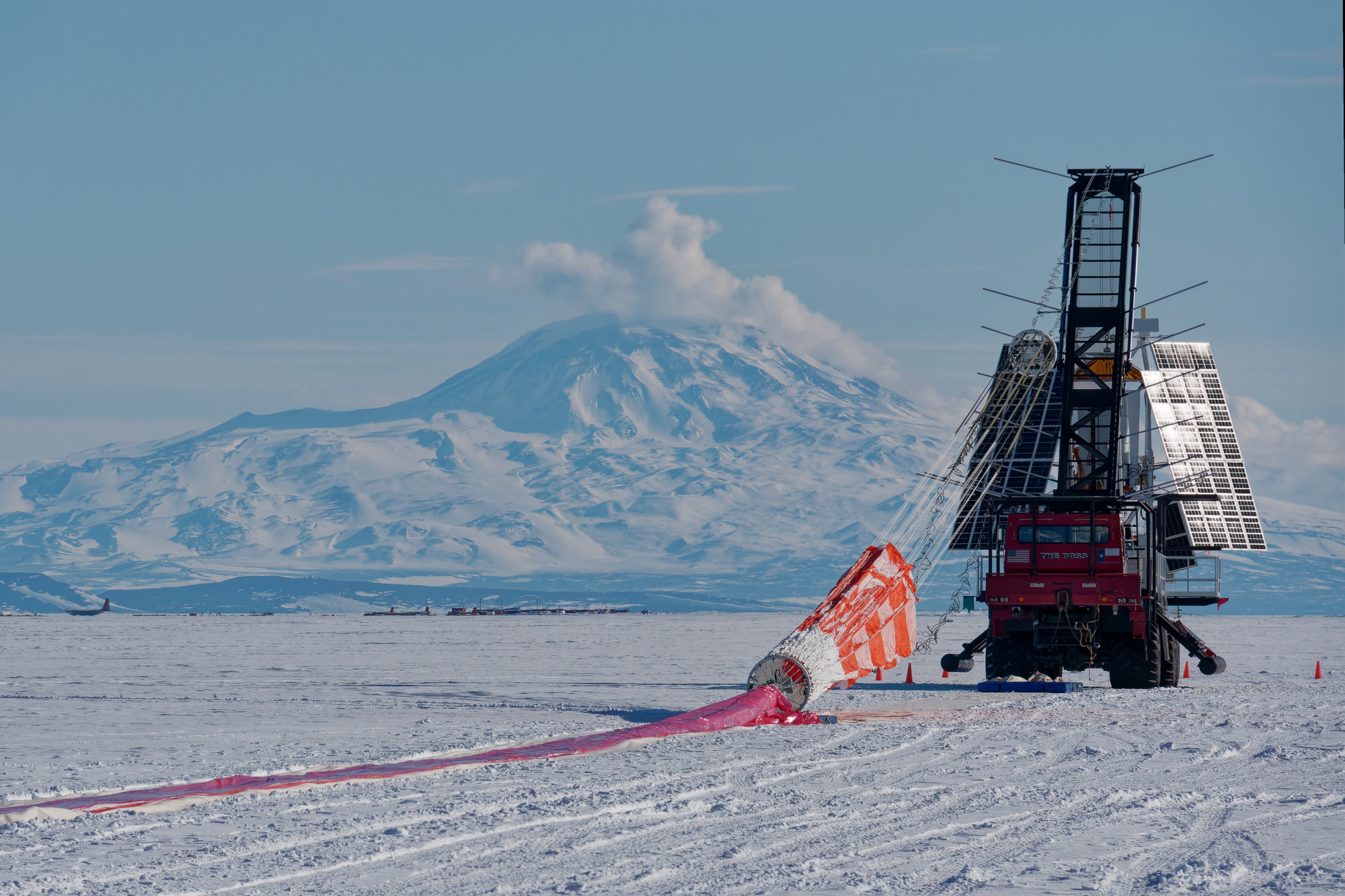
High above the icy landscape of Earth’s southernmost continent, the Galactic/Extragalactic ULDB Spectroscopic Terahertz Observatory (GUSTO) scientific balloon mission has been afloat for more than 15 days since its launch from McMurdo, Antarctica, on Dec. 31, 7:30 p.m. local time (Dec. 31, 1:30 a.m. EST).
GUSTO is mapping a large portion of the Milky Way galaxy and Large Magellanic Cloud to help scientists study the interstellar medium. The observatory is transmitting the data it collects back to watchful teams on the ground as it steadily circumnavigates the South Pole around 120,000+ feet.
GUSTO is flying on a 39 million cubic-foot zero-pressure scientific balloon, which is so large it could easily fit 195 blimps inside of it. The balloon is used to fly missions for long periods of time during the Austral Summer over Antarctica. GUSTO is aiming for a NASA record of 55+ days in flight to achieve its science goals.
For more information on NASA’s Scientific Balloon Program, managed at NASA’s Wallops Flight Facility in Virginia, click here. To track the GUSTO mission in real-time, visit NASA’s Columbia Scientific Balloon Facility website.


























